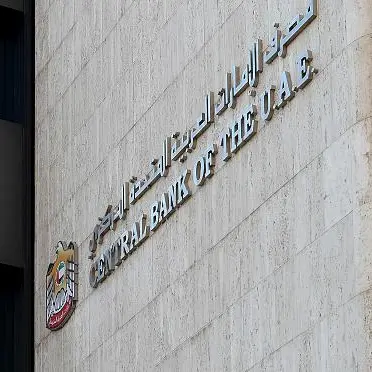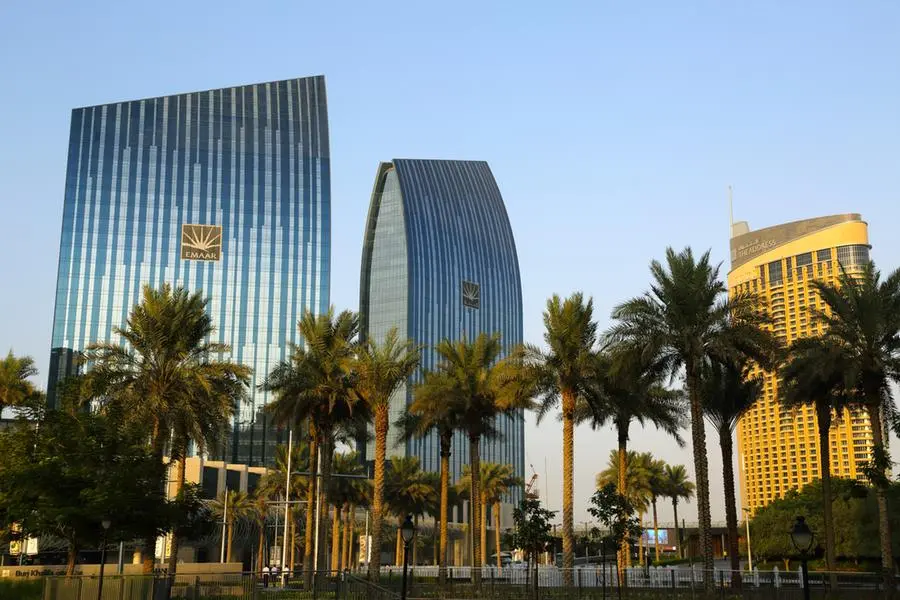14 May 2012
BEIRUT: The number of things in this country that hold people together is dwindling. Wealth disparities and sectarian and political divides cut between Lebanon’s communities.
But one of the things that bind in this fractured landscape is a breakfast food, a small round flatbread kneaded by hand, topped with zaatar or cheese and baked in a long oven or on a saj cooking dome. Manqoushe shops in Beirut are an all-comers social hub, one of the few places where the queue is made up of both construction workers and business executives. If people can’t agree on how to live or what parties to support, manoushe is something that nearly every person accepts as Lebanese.
“It’s a common denominator. It’s like street food. It’s food that’s eaten by the rich and the poor and different communities,” says Barbara Massaad, author of a book about manoushe.
The popularity of manoushe in Lebanon and the Mediterranean in general is a rather recent development. Several chefs and food enthusiasts say the rise of the manoushe from experimental dish to national pie can be traced over the last 150 years.
The first manoushe were made with a combination of loaves of bread and foraged wild edible plants like zaatar. Massaad says during the research for her book she met the owner of a very old bakery who told her about the genesis of the manoushe.
“They used to mix it [zaatar] with a bit of oil and make sandwiches with it,” Massaad says.
Topping the dough with cheese was a natural progression, but the use of pizza-like dough came later when the popularity of the sandwich caught on.
Now nearly every area in the country has a local shop, a place where people gather, exchange news and wait for the bubbling, freshly baked manoushe to be pulled from the ovens on wooden baking paddles.
“It’s Lebanese food, it’s the food we like to eat every day,” says 38-year-old Peter Matta after ordering a manoushe in Hamra.
In a city full of manoushe shops, Mathia explains that the merit of a good pie is determined by the dough.
“The secret for the manoushe is the bread – it should be thin and soft,” Mathia says.
Some though, clearly disagree. The manoushe at Faysal Snack is thick and uneven from being kneaded by hand. When baked, the crests crust but the center stays doughy.
The Bliss Street eatery maintains a constant stream of customers all day who keep coming back for Faysal’s unique manoushe.
Zaher Yahiya, a 38-year-old who helps run the shop, says after the dough, the key to a good manoushe is freshness. They bake new manoushe every hour and refill the vegetable trays constantly.
“It’s always fresh,” he says.
Yahiya also says the “true” way to eat a manoushe is with the vegetables on the side, not wrapped inside as has become popular.
He says some people also like their manoushe covered in meat and more exotic new condiment combinations.
Buts it’s the original two, zaatar and cheese, that still hold the mantle as most popular.
Lebanese might not agree on much, but for what it’s worth, on manoushe there is consensus.
Copyright The Daily Star 2012.



















